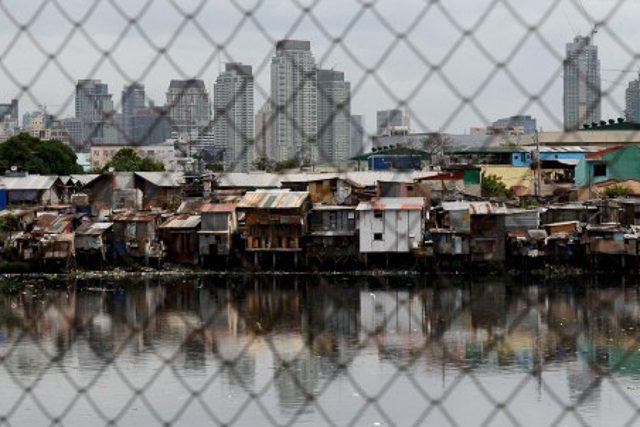SUMMARY
This is AI generated summarization, which may have errors. For context, always refer to the full article.

MANILA, Philippines – Almost 10,000 barangays have already been cleared of drugs across the Philippines, the government announced on Friday, January 25, during its first #RealNumbersPH press conference for 2019.
During the presentation at their headquarters, the Philippine Drug Enforcement Agency (PDEA) said that it has already counted 9,999 villages as drug-cleared from July 1, 2016 to December 31, 2018.
Drug-cleared, according to the Dangerous Drugs Board (DDB), means that a barangay that was previously affected by illegal drugs benefitted from government intervention.
The 9,999 drug-cleared barangays constitute 23.38% of all barangays in the country which currently number 42,044.
This is different from drug unaffected barangays, which the government categorizes as barangays which have never been affected by illegal drugs. Some 9,618 or 22.88% are either drug unaffected or cleared before the term of President Rodrigo Duterte began.
This leaves 22,427 or 53.34% of villages still needing to be cleared of drugs to fulfill the President’s delayed promise of ending illegal drugs within his term.
The government’s next steps: The government has so far been heavy-handed in lowering that number through law enforcement operations, primarily by mobilizing the 190,000-strong Philippine National Police.
After realizing that they need a “whole of government approach,” the administration focused on fixing the drug problem at the local community level, looking at local anti-drug abuse councils (ADACs) and intensified rehabilitation efforts as another solution. (READ: No ‘real number’ on drug rehab: Here’s why)
According to the Duterte administration’s year 2 accomplishment report, 98.48% of the barangay ADACs have been organized. Former interior and local government secretary and now DDB chief Catalino Cuy, however, pointed out in an earlier interview with Rappler that a much lower number – only over 50% – is actually functioning.
To help in this front, Duterte signed Executive Order No. 66 or the Philippine Anti-Illegal Drugs Strategy, which mandated cooperation among government agencies, and with non-governmental organizations to prevent the proliferation of drugs at the community level. – Rappler.com
Add a comment
How does this make you feel?
There are no comments yet. Add your comment to start the conversation.